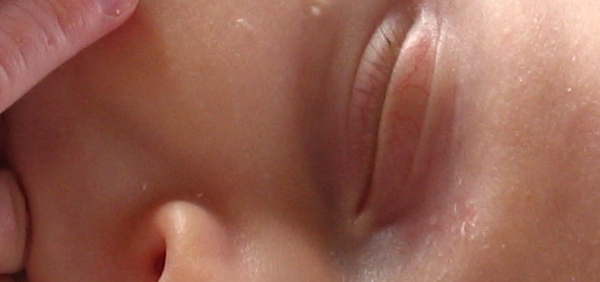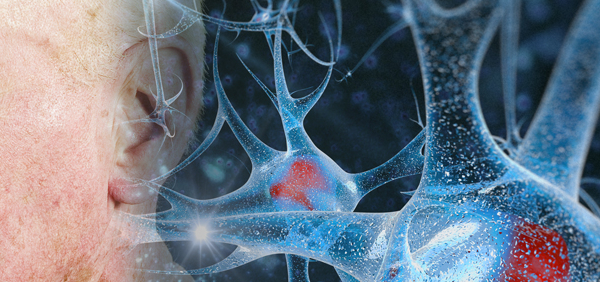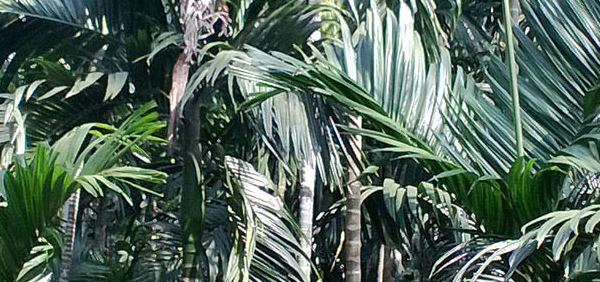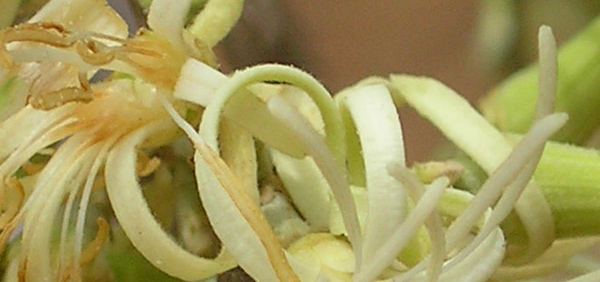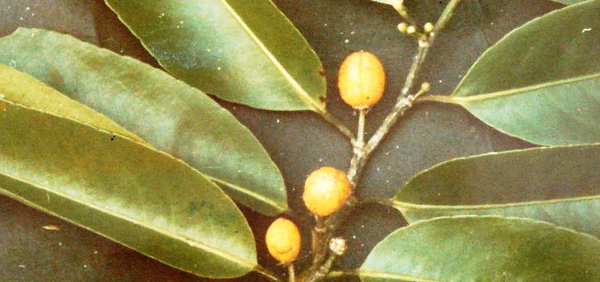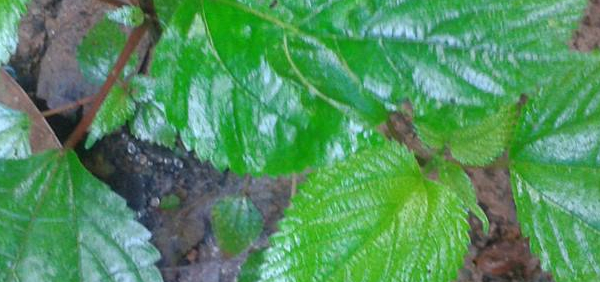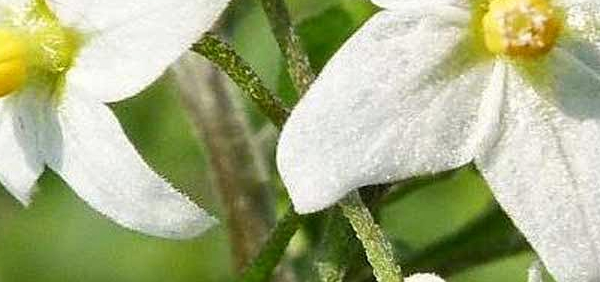kausumbha :
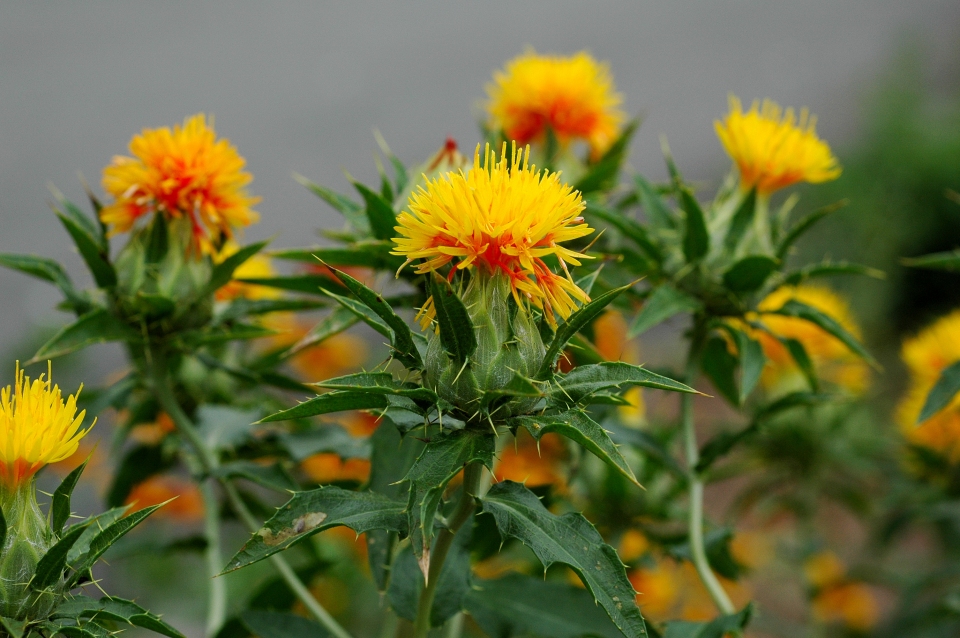
Morphology:
This herbaceous plant is a summer annual (in Illinois) that forms a low rosette during the spring, but by summer it bolts to become 1-4 tall. A typical plant is unbranched below and branched above with ascending lateral stems. The stems are light green to light yellowish tan, terete, glabrous, and stiff. Alternate leaves occur at intervals along these stems. These leaves are 2-6" long, ½-2" across, and stiff; they are lanceolate, lanceolate-oblong, ovate, or ovate-oblong in shape. The leaf bases are sessile or they clasp the stems. Leaf margins are mostly smooth (entire) with scattered yellow spines, although lower leaf margins are sometimes spineless and slightly dentate (although in some uncommon cultivars, all leaves may be spineless). Both the upper and lower surfaces of the leaves are dark green and glabrous; minute pubescence may occur along the lower surfaces of the central leaf veinsEach upper stem terminates in 1-5 flowerheads. The flowerheads of each branch are usually clustered together on short peduncles. Each flowerhead is ¾-1½" across (excluding the outer phyllaries), consisting of 20-100 disk florets. These florets are ¾-1" in length, although their bases are hidden from view. The corollas of these florets are yellow to red (rarely white), narrowly cylindrical below, and 5-lobed above; these lobes are linear in shape and spreading. The styles are strongly exerted from the corollas. Around the base of the flowerhead, there are several outer phyllaries (floral bracts) up to 1½" long that are widely spreading and stiff; they are elliptic or lanceolate in shape, while their margins are smooth (entire) with scattered yellow spines. The surfaces of these outer bracts are dark green and glabrous. The inner phyllaries are mostly erect and appressed together; they are light green, ovate or lanceolate in shape, and covered with appressed hairs. The margins of the inner phyllaries are mostly smooth (entire) and ciliate, although their tips are spiny. However, in some uncommon cultivars, both outer and inner phyllaries are spineless. The blooming period occurs from mid-spring into the fall (in Illinois), lasting about 1-3 months. Afterwards, fertile florets are replaced by achenes. The achenes are 6-8 mm. long, white or light brown, oblanceoloid in shape, bluntly 4-angled, and often longitudinally striped. Usually the apices of these achenes lack tufts of hair, although in some uncommon cultivars short stiff bristles are present. The root system consists of a stout taproot up to 3-4 long and some lateral roots. This plant reproduces by reseeding itself.
Histology:
TS oval in outline, pericarp enclosing the seed; pericarp differentiated into epicarp consisting of a single layer of thick walled, pitted, lignified cells with semilunar thickening on outer radial walls; mesocarp consists of stone cells of varying shapes and sizes, 5 to 6 cells deep in the middle and 18 to 20 cells deep at the chalazal end; endocarp 3 or 4 cells deep and differentiated from mesocarp by a single layered oil containing cells; testa single layered with thick palisade like cells, with prominent linea lucida, followed by tegmen; tegmen consists of a single layered parenchymatous outer epidermis, followed by 4 to 6 cells deep reticulated parenchymatous mesophyll with prismatic crystals; inner epidermis of tegmen lignified and single layered; a single vascular bundle extends upto the micropyle; the endosperm cells rectangular.- » Classification and names of kausumbha
- » Synonyms and definitions of kausumbha
- » Drug Properties of kausumbha
- » Chemical Constituents of kausumbha
- » Standardization of kausumbha
- » Parts used and Dosage of kausumbha
- » Morphology and Histology of kausumbha
- » Distribution and Conservation of kausumbha
- » Cultivation of kausumbha
- » kausumbha in the market
- » Medicinal Uses of kausumbha
- » Researches and clinical trails of kausumbha
- » kausumbha in other sytems of medicine
- » Ayurvedic formulations with kausumbha
- » Images of kausumbha


